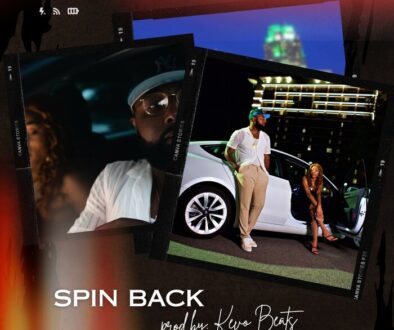Recording a Demo on a Shoestring Budget
Recording a demo when you have a small budget can seem like an impossible task. Record labels are aware that the resources of an unsigned band are going to be limited. Don’t feel pressured to create a demo at the same standard you would a commercial release.
Having said that, you still need to be make a recording that demonstrates your skill, sound and professionalism. Today we’re going to show you how to record a demo on a shoestring budget that impresses the execs.
Record instruments individually
You might only have a couple of mics, and that’s okay. Rather than trying to get a great recording of the whole band in one go, you can get a much cleaner sound if you record each instrument at a time. For drums, each piece of the kit should have its own mic. This doesn’t mean you have to get five or more mics. Just do several recordings of the drums, rotating the mics you have through the pieces.
This makes the mixing and mastering process much easier later on, as you’ll be able to easily edit from your home computer.
The hardware you’ll need will vary depending on what you already have available. If you’re going to be mixing the track yourself, use an Audio Interface to record directly onto your computer.
Use the cheapest software
You might think this means you’re going to be stuck using Audacity. Whilst this is a particularly great piece of software, especially considering that it’s completely free, it’s not your only option. Since you’re only going to be mixing and editing, you won’t really need the full suite of features that come with most Digital Audio Workstations (DAWs) so you can happily use the trial or demo versions of these products to help you polish your demo.
Easy mastering
If you could afford to hire somebody with enough skill to master your demo to a high standard, you wouldn’t need this article. So here’s how you’re going to do it yourself.
Technically, this is just extended mixing, but so what? Burn the songs you’ve recorded onto a CD in the same format you’ll be giving it to the record company. Then head to your car and listen to it at medium volume. Check to see that you can clearly hear each instrument, and that the lyrics (if there are any) are easy to understand. If any of the above doesn’t sound right, go back and work at it again until it does.
Keep it short
The fewer tracks you record for your demo, the cheaper it’s going to be. This is especially true if you’re going to splash out for a proper recording studio. You’ll want to select no more than 5 or 6 of your absolute best work. The tracks don’t even have to be particularly long. 3 minutes is a good maximum for a demo, because the person who actually listens to your demo probably won’t get much further than the first minute unless there’s something really special about it.
Hire rather than buy
A lot of the equipment that you might be missing can usually be leased from your local music shop for a limited amount of time. In the long run it’s cheaper to buy your own hardware outright, but if you’re friendly with the owners you may be able to get a good discount. If this is the first time you’ve ever recorded any material, it’s not worth buying either since you won’t really know the difference between good and bad yet.
Either way, renting once is much easier to manage when you’re recording a demo on a shoestring budget.
At the end of the day, demos are supposed to be pretty cheap productions. This is why completely broke musicians from all over the world are able to get signed. Record labels invest heavily into their recording process because they know it’s unobtainable for the average band just starting out to do that by themselves. The key is to play your best, and then take a few hours to tidy up the recording as much as you can without going overboard. The demo needs to be representative of how you sound, rather than a way to hide behind clever editing.
A guest post from our friends over at ZingInstruments.com who are almost as obsessed about music as we are!



